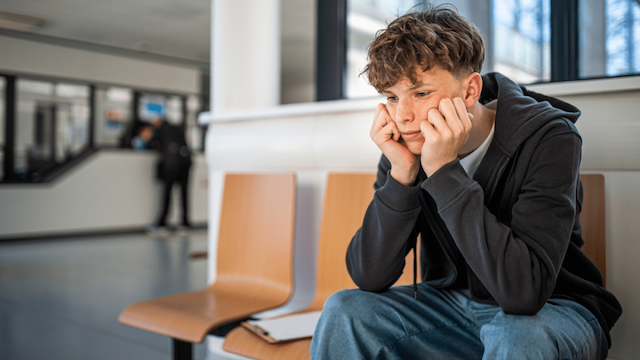
Be At Peace – The Be-Attitudes of the Christian Walk
As I reflect on the circumstances that attempt to steal my peace this season, I’m reminded to turn my eyes upon Jesus and look full in His wonderful face. Nothing and no one has the power to take a…





